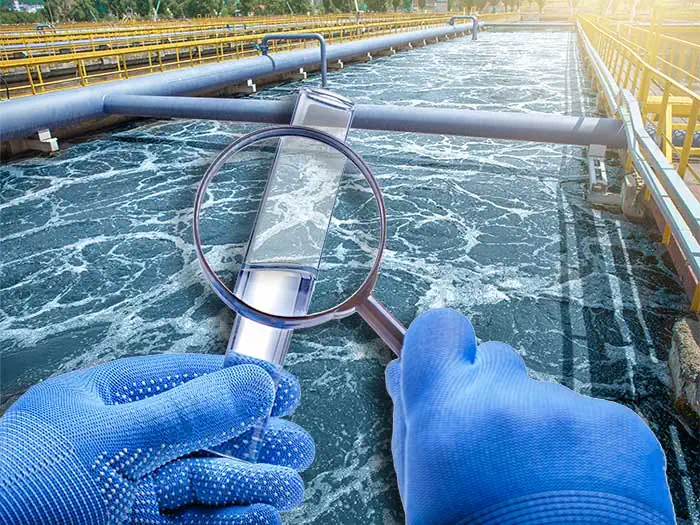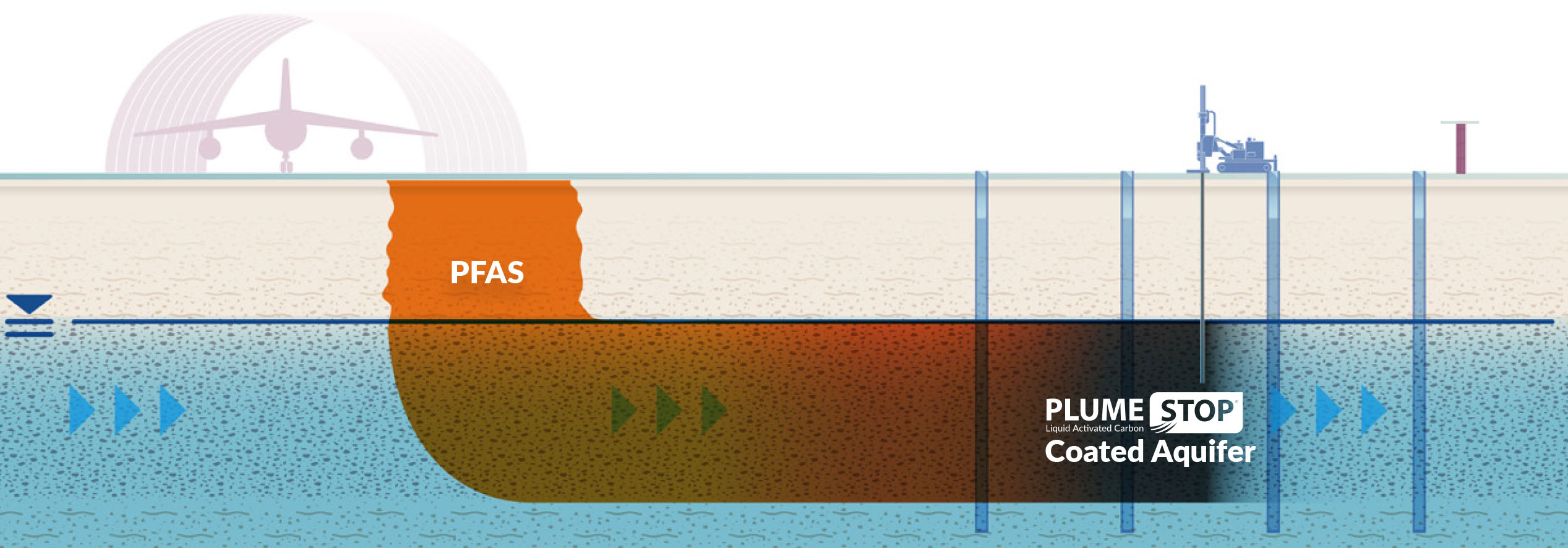Comprehensive PFAS Management in Residential Areas
Wiki Article
Just How PFAS Therapy Guarantees Clean and Sustainable Water
The presence of PFAS, typically called "forever chemicals," positions considerable challenges to water top quality and public health. Advanced treatment modern technologies, consisting of triggered carbon adsorption and membrane layer purification, have actually emerged as reliable solutions to reduce these contaminants. By using these methods, areas can not only attain cleaner water yet also foster lasting practices that secure ecosystems. However, the ramifications of these therapies prolong past prompt health and wellness advantages; they raise important concerns concerning long-term water monitoring approaches that must be addressed to make sure a resistant future. What does this mean for our method to water sustainability?
Comprehending PFAS Contamination
PFAS, or per- and polyfluoroalkyl substances, have arised as a considerable environmental worry because of their widespread prevalence and persistence in the atmosphere. These synthetic chemicals have been utilized in different industrial applications and consumer items, consisting of non-stick kitchenware, waterproof apparel, and food product packaging, due to their one-of-a-kind residential or commercial properties such as water and oil resistance.The contamination of dirt and water sources by PFAS occurs primarily through industrial discharges, firefighting foam usage, and leaching from garbage dumps. pfas management. Once released, these materials are resistant to destruction, causing their build-up in the setting. This determination increases essential concerns, as PFAS can travel fars away with groundwater and surface area water systems, affecting drinking water materials and environments

Wellness Risks of PFAS
The determination of PFAS in the atmosphere raises considerable health and wellness worries for individuals exposed to these materials. Called "for life chemicals," PFAS do not break down easily and can accumulate in human bodies in time. Research study has connected PFAS exposure to various adverse health and wellness effects, including body immune system disorder, liver damage, and boosted risk of specific cancers - pfas management. Significantly, research studies have actually revealed elevated cholesterol degrees and prospective effect on reproductive and developmental wellness, specifically in expectant people and infants.The ubiquity of PFAS in customer products, such as non-stick cooking equipment, water-repellent fabrics, and food packaging, additional intensifies the danger of exposure. Consuming water infected with PFAS is a significant worry, as these chemicals can leach right into groundwater resources. Susceptible populaces, including children and those living near commercial websites, might face increased threats as a result of their creating systems and possible for higher direct exposure levels.
As understanding of these health and wellness dangers continues to expand, regulative agencies are starting to develop standards for PFAS levels in drinking water. Public wellness campaigns are crucial to mitigate direct exposure and shield areas from the lasting impacts of these harmful compounds.

Cutting-edge Treatment Technologies
Exactly how can we properly take on the difficulties positioned by PFAS contamination in water resources? Cutting-edge treatment technologies are arising as critical options in the mission for clean water. These approaches concentrate on the elimination or damage of per- and polyfluoroalkyl compounds (PFAS), which are well-known for their persistence in the atmosphere.One promising approach is adsorption utilizing innovative products, such as triggered carbon and ion exchange materials. These materials have actually revealed effectiveness in recording PFAS molecules from water. Another significant technology is membrane layer filtration, which uses nanofiltration and reverse osmosis to separate pollutants at the molecular degree, thus giving an obstacle against PFAS.
Furthermore, advanced oxidation procedures (AOPs) employ strong oxidants to break down PFAS compounds right into harmless by-products. This method is specifically reliable for treating very infected water sources. Bioremediation techniques, using particular microbes, are also being checked out to deteriorate PFAS.
As study proceeds, hybrid systems that incorporate numerous innovations might supply boosted performance, dealing with the complexities of PFAS contamination. The development and application of these cutting-edge therapy technologies are essential steps toward making sure the safety and sustainability of our water resources.
Benefits of Reliable PFAS Treatment
Effectively dealing with PFAS contamination in water sources dramatically enhances public wellness and environmental safety. PFAS, commonly described as "for life chemicals," are resistant to degradation and can build up in the human body, causing severe wellness dangers such as cancer, liver damages, and immune system dysfunction. By carrying out efficient treatment techniques, communities can lower exposure to these harmful materials, ultimately boosting the health end results of their populations.
Moreover, successful PFAS therapy adds to the conservation of regional ecological communities. Polluted water can adversely impact marine life and disrupt the delicate equilibrium of regional habitats. By ensuring clean water, therapy processes shield biodiversity and maintain ecological honesty.
Additionally, reliable PFAS removal can cultivate public confidence in water top quality. When neighborhoods are ensured that their drinking water is totally free from dangerous pollutants, it advertises a feeling of security and health. This depend on is important for neighborhood engagement and assistance for continuous water management efforts.
Future of Water Sustainability
In the middle of growing concerns concerning water high quality and scarcity, the future of water sustainability rests on cutting-edge techniques and joint efforts. As neighborhoods encounter the looming risks of contaminants like PFAS, the advancement of innovative therapy modern technologies is essential. These technologies not only concentrate on the removal of damaging materials but also advertise the reuse and recycling of water, therefore lowering total demand.Furthermore, effective water administration plays an essential duty in making sure lasting methods. Policymakers must integrate clinical study with regulative structures to develop clear standards for water usage and treatment. Stakeholder interaction, including neighborhood pfas management communities and sectors, cultivates a feeling of common obligation and encourages lasting practices across numerous industries.
Financial investment in facilities is additionally important; upgrading aging systems to incorporate modern-day filtration and filtration approaches can dramatically improve water high quality. In addition, embracing green innovations, such as natural filtration systems, can give environment-friendly solutions.
Eventually, the future of water sustainability exists in an all natural technique that incorporates technology, policy, and area participation. By focusing on these components, we can safeguard our water sources for generations to find, making sure clean and lasting water for all.
Final Thought
In conclusion, the reliable therapy of PFAS is necessary for making sure tidy and lasting water. Eventually, durable PFAS treatment techniques add to long-term resilience in water management, fostering public trust in water top quality and promoting lasting techniques.Report this wiki page